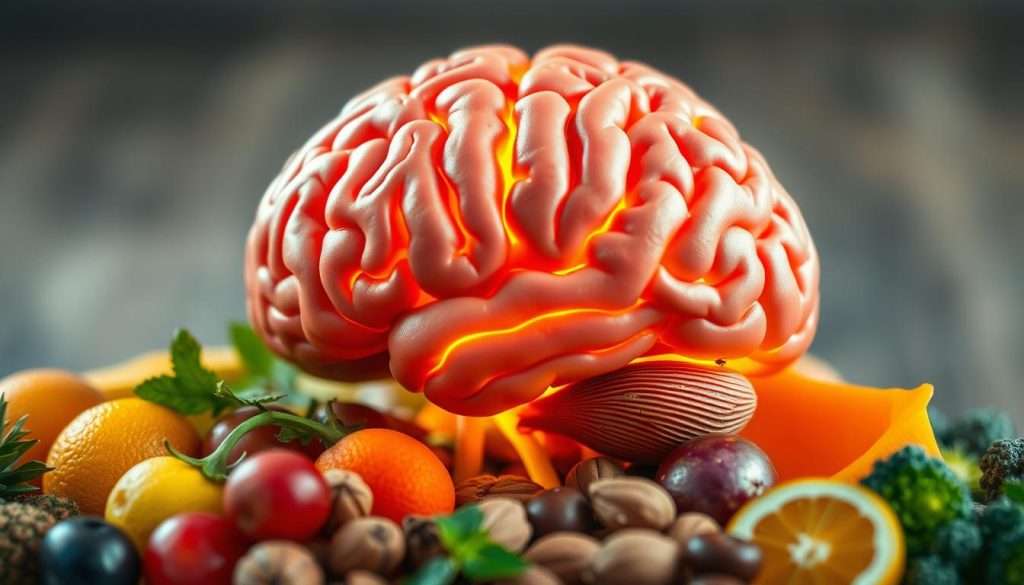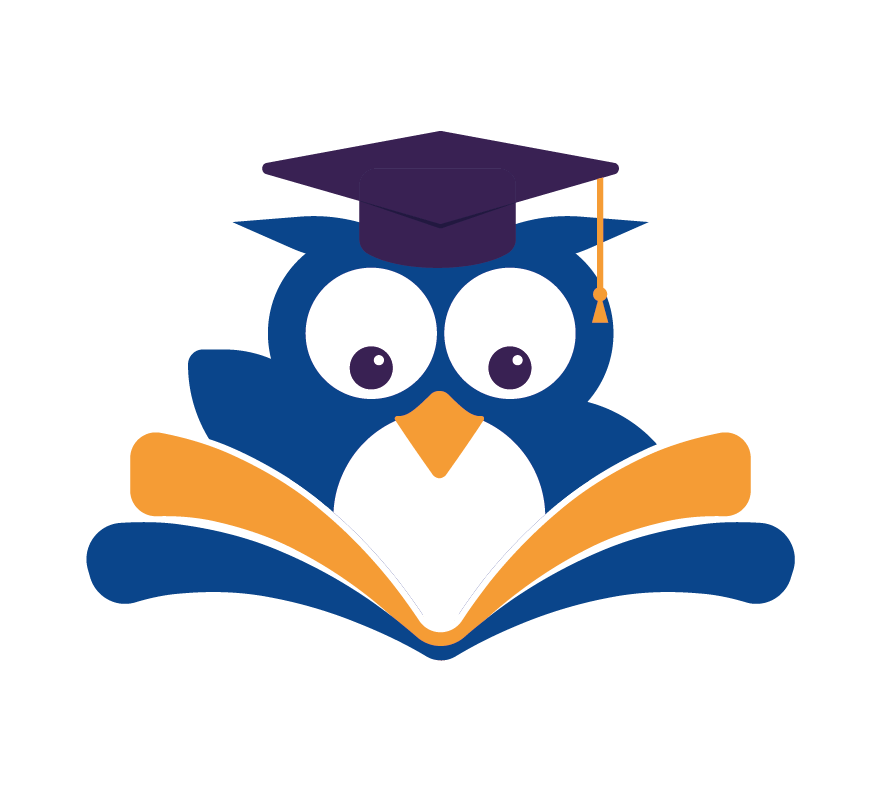Imagine learning new skills and knowledge effortlessly! What if you could accelerate your learning to amazing levels? We’re here to show you how.
“The Super Learner’s Playbook” reveals secrets to change how you learn. It’s about making learning fun and useful for your life. Our guide makes reaching your learning goals easy and fun.
Key Takeaways
- Discover the techniques to accelerate your learning process.
- Learn how to retain information more effectively.
- Apply new skills to your personal and professional life.
- Transform studying from a chore into an enjoyable experience.
- Unlock your full potential as a rapid learner.
The Science Behind Rapid Learning
Rapid learning isn’t just for the gifted; it’s based on brain science. Knowing how our brains handle new info is key to getting better at learning.
How Your Brain Processes New Information
When we learn something new, our brains make new connections. This is the core of learning. It happens through neural pathways, like roads in our brain for info to travel on.
The Role of Neural Pathways
Neural pathways are vital for learning well. The more we practice, the stronger these paths get. This makes it simpler to remember and use what we’ve learned later.
Working Memory vs. Long-term Memory
Our brains have two main memory types: working memory and long-term memory. Working memory holds info temporarily, while long-term memory keeps it for later. To learn well, we need to move info from working to long-term memory through repetition and practice.
The Neuroplasticity Advantage
Brain research has found something amazing: neuroplasticity. This means our brains can change and adapt with experience. So, our brains can keep getting better and learning more as we age.
Learning Myths That Hold You Back
Many common learning beliefs can slow us down. For example, thinking some people are naturally better at learning can be discouraging. But, research proves that anyone can become a super learner with the right methods and attitude.
| Learning Myth | Reality |
|---|---|
| Intelligence is fixed. | Intelligence can be developed through practice and learning. |
| Some people are born to learn faster. | Anyone can improve their learning speed with the right strategies. |
Assessing Your Current Learning Style
Figuring out how you learn is the first step to becoming a super learner. To get better at learning, you need to know your learning style.
Identifying Your Primary Learning Modality
Your main way of learning is how you take in new information. It could be through seeing, hearing, reading, or doing.
Visual, Auditory, Kinesthetic, and Reading/Writing Preferences
Most people have a mix of learning preferences, but one usually stands out. Visual learners do well with images and diagrams. On the other hand, auditory learners like listening to information. Kinesthetic learners learn by doing, and those with a reading/writing preference do best with written text.
Recognizing Your Learning Strengths and Weaknesses
After finding your main learning modality, it’s key to know your strengths and weaknesses. Knowing this helps you use your strengths and improve your weaknesses.
Creating Your Personal Learning Baseline
Setting a personal learning baseline means setting a standard for your current learning skills. This baseline will help you see how much you’ve improved as you try new learning techniques and memory improvement strategies.
By knowing your learning style and setting a baseline, you’ll be ready to use accelerated learning methods that fit you.
The Fundamental Pillars of Accelerated Learning
To become a super learner, you need to know the basics of accelerated learning. We’ll look at the FASTER method, the role of your learning environment, and how your health affects learning.
The FASTER Method Overview
The FASTER method is a detailed way to learn. It uses several key strategies. It’s an acronym for Forget, Active, State, Teach, Enter, and Review.
Forget, Active, State, Teach, Enter, Review
- Forget: Let go of preconceived notions and distractions.
- Active: Engage actively with the material you’re learning.
- State: Maintain a positive mental state.
- Teach: Teach others what you’ve learned to reinforce your understanding.
- Enter: Use various methods to make information stick, such as mnemonics.
- Review: Regularly review what you’ve learned to prevent forgetting.
Creating Optimal Learning Environments
Your environment is key to learning. A cluttered, noisy space can significantly hinder your progress. Create a dedicated learning area that is quiet, organized, and free from distractions.
The Role of Physical Well-being in Learning
Physical well-being is linked to your brain’s learning ability. Regular exercise, a balanced diet, and enough sleep are essential for optimal brain function.
| Aspect of Physical Well-being | Impact on Learning |
|---|---|
| Regular Exercise | Improves cognitive function and boosts memory |
| Balanced Diet | Provides essential nutrients for brain health |
| Adequate Sleep | Enhances memory consolidation and learning retention |
Becoming a Super Learner Through Memory Mastery
Learning how to master your memory can change your life. It lets you hold onto and recall information better. This makes learning faster and easier.
The Memory Palace Method
The memory palace, or method of loci, is a great way to boost your memory. It uses a place you know well, like your home. You link what you want to remember to spots in that place.
Building Your First Memory Palace
To make your first memory palace, pick a place you know. Imagine walking through it, stopping at key spots. Link what you want to remember to each spot.
Spaced Repetition Systems
Spaced repetition is another top method for memory improvement. It means reviewing what you’ve learned at longer and longer times. This helps it stick in your long-term memory.
Using Anki and Other SRS Tools
Tools like Anki make spaced repetition easy. They let you make digital flashcards. Set them to review at the best times to keep lots of info in your memory.
Association and Visualization Techniques
Association and visualization are crucial for good memory skills. Make clear mental pictures and connect them to what you’re trying to remember. This helps you recall it later.
- Create vivid mental images to associate with the information you’re trying to remember.
- Use all your senses to make these images more memorable.
- Practice regularly to reinforce your memory.

Using these methods every day will help you become a super learner. Memory mastery is the key.
Speed Reading: Double Your Information Intake
Imagine doubling your reading speed and understanding more. Speed reading makes this possible. Let’s explore how to read faster and better.
Breaking the Subvocalization Habit
Subvocalization is a big speed reading obstacle. It’s when you say words in your head as you read. To overcome this, focus on groups of words, not single ones. Use your side vision to see more words at once.
Try using a pointer, like a finger, to guide your eyes. This boosts your speed and cuts down on subvocalization. With practice, you’ll read faster and understand just as well.
Peripheral Vision Expansion Exercises
Expanding your peripheral vision is key for speed reading. Focus on a point and try to see the area around it without moving your eyes. While reading, look at the center of a line and try to see words on both sides.
Doing these exercises regularly will make you read faster. Make them part of your daily routine for the best results.
Digital Tools for Reading Efficiency
Today, digital tools can greatly improve your reading. Apps and browser extensions can help you stay focused and read better.
Apps and Browser Extensions for Speed Reading
Apps like Spreeder, ReadMe!, and Spritz are popular. They offer customizable speeds, text highlighting, and distraction-free reading. These tools can change how you read.
| Tool | Description | Platform |
|---|---|---|
| Spreeder | Customizable reading speeds and training exercises | Web, iOS, Android |
| ReadMe! | Focus-enhancing reading app with adjustable speeds | iOS, Android |
| Spritz | Rapid serial visual presentation for faster reading | Web, iOS, Android |
Use these techniques and tools to boost your reading. Start practicing today and see the difference!
Cognitive Enhancement Strategies for Super Learners
If you’re a super learner, you’re always looking for ways to boost your brain power. Cognitive enhancement is more than just learning new things. It’s about making your brain work better so you can do more in less time.
Brain Nutrition and Cognitive Support
What you eat affects how well your brain works. Foods rich in omega-3 fatty acids, antioxidants, and vitamins are great for your brain. Adding these to your diet can help your brain stay healthy and improve your learning.

Meditation and Mindfulness for Focus
Meditation and mindfulness can help you focus better. They teach your mind to stay present, reducing distractions and making learning more efficient.
5-Minute Focus Exercises
- Take five minutes each day to focus on your breath, noticing its rhythm and sensation.
- Practice a body scan, bringing awareness to each part of your body.
- Use a mindfulness app to guide you through short meditation sessions.
Sleep Optimization for Information Processing
Sleep is key for processing information and remembering things. Your brain strengthens connections between neurons during sleep. This makes it easier to remember things later. Getting quality sleep every night is essential for your brain to work at its best.
By adding these strategies to your daily routine, you can enhance your focus, memory, and learning. Start with small changes and stick to them. You’ll see big improvements over time.
The Super Learner’s Toolkit: Essential Resources
As a super learner, you’re always looking for the best tools to improve your learning. We’ve put together a list of key resources to help you reach your goals faster.
Top Online Courses for Accelerated Learning
Online courses offer top-notch learning materials from experts worldwide. Some top platforms include:
- Coursera
- Udemy
- edX
Apps and Software for Learning Enhancement
There are many apps and software to boost your learning. Some favorites include:
- Duolingo for language learning
- Evernote for note-taking
- Forest for staying focused
Books That Transform Your Learning Ability
Books are a powerful way to learn new things. Here are some key reads for cognitive growth:
Must-Read Titles for Cognitive Development
- “The Art of Learning” by Josh Waitzkin
- “Make It Stick: The Science of Successful Learning” by Peter C. Brown
- “Deep Work: Rules for Focused Success in a Distracted World” by Cal Newport
Using these resources in your learning routine will help you become a super learner.
Practical Application: Learning a New Skill in Half the Time
Let’s explore how to learn a new skill quickly. The secret is using the right strategies for skill acquisition.
The 80/20 Principle for Skill Acquisition
The 80/20 principle says 80% of results come from 20% of efforts. In learning, it means focusing on the most important parts of a skill. This can cut down learning time a lot.
Deliberate Practice Frameworks
Deliberate practice is a methodical way to learn. It involves focused practice with clear goals. It’s not just about the time you spend learning, but how you use it.
Creating effective practice sessions is key.
Creating Effective Practice Sessions
To make practice sessions work, do the following:
- Set clear, achievable goals for each session
- Focus on a specific aspect of the skill
- Get immediate feedback on your performance
- Adjust your practice accordingly
Feedback Loops and Rapid Iteration
Feedback loops are vital for quick progress. They help you adjust your learning based on what works and what doesn’t. This way, you can improve your skills faster.
| Strategy | Description | Benefit |
|---|---|---|
| 80/20 Principle | Focus on critical aspects | Reduced learning time |
| Deliberate Practice | Structured, intentional practice | Improved skill mastery |
| Feedback Loops | Immediate feedback and adjustment | Rapid progress |
Overcoming Learning Plateaus and Mental Blocks
Every learner faces challenges, and one of the biggest hurdles is the learning plateau. You’ve probably hit this wall before – weeks of learning, but then, nothing seems to move forward. But don’t worry, there are ways to get past it.
Recognizing and Breaking Through Plateaus
The first step is knowing when you’ve hit a plateau. You might feel stuck, see no progress, and get frustrated. To move forward, find out why you’re stuck – is it lack of practice, bad study materials, or not understanding the basics? Once you know the problem, you can make a plan to fix it.
Managing Cognitive Overload
Cognitive overload happens when you try to handle too much info at once. To deal with this, break down complex stuff into smaller bits. This makes it simpler to grasp and remember.
Chunking Techniques for Complex Material
Chunking means grouping info into easy-to-handle units. For instance, when learning a new language, don’t try to memorize a huge list of words. Instead, group them by categories like food, travel, or feelings. This method helps organize and remember information better.
Emotional Resilience in the Learning Process
Building emotional resilience is key to beating mental blocks. It means staying positive, being gentle with yourself when you slip up, and keeping at it when things get tough. Emotional resilience keeps you motivated and focused on your learning goals.
By recognizing and overcoming plateaus, managing too much info, and building emotional resilience, you can beat the obstacles in your way. With determination and the right methods, you can keep moving forward in your learning journey.
Conclusion: Your Journey to Becoming a Super Learner
Becoming a super learner takes dedication and persistence. This guide has shown you key principles and techniques for faster learning and better thinking. By using these strategies, you’re ready to change how you learn.
Keep in mind, the journey to becoming a super learner is key. Stay dedicated, and you’ll see the benefits of learning fast and improving your mind. Start using these techniques today and watch your learning abilities grow.
Adopting the super learner mindset means a lifelong commitment to learning. With the right tools and methods, you can reach your goals and unlock your full potential. Begin your journey to faster learning now and see the difference for yourself.

